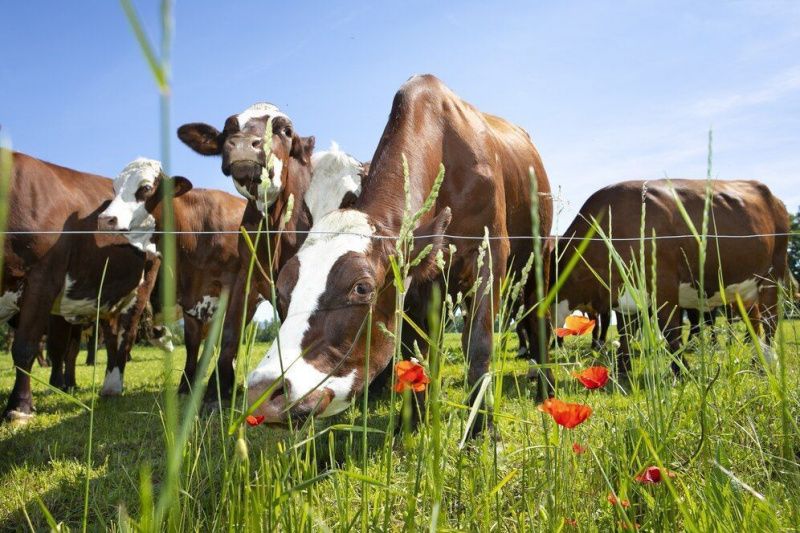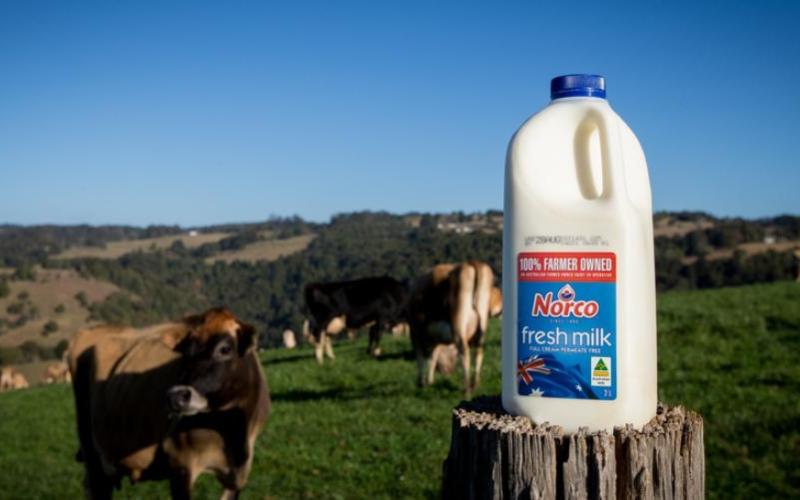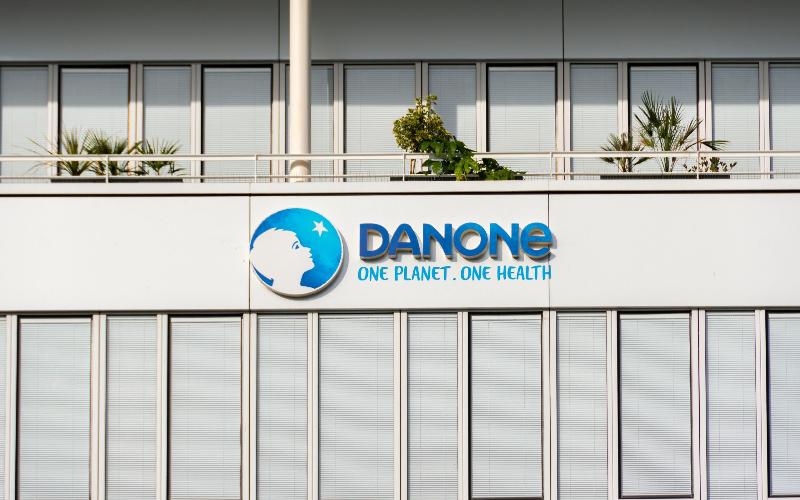New Zealand's Milk Production Growth to Stall Due to Environmental and Land Constraints
Sourse: The DairyNews
According to the OECD-FAO Agricultural Outlook for 2024-2033, New Zealand’s milk production is projected to grow at a minimal rate of 0.5% per year over the next decade, significantly constrained by land and environmental limitations.

Despite New Zealand’s modest global share of 2.5% in milk production, it remains the most export-oriented country in the sector. After two decades of strong expansion, growth has plateaued and is expected to continue stalling.
The report, released on July 2, provides a consensus view of the 10-year prospects for agricultural commodity and fish markets, predicting that milk production is expected to increase at an annual rate of 1.6%, outpacing most other significant agricultural commodities. India is projected to maintain its status as the world's largest milk producer with strong continued growth, while China is expected to remain the largest importer of milk products, although its imports may decline due to rising domestic stocks.
The report also highlights challenges for major dairy exporters, including economic and environmental hurdles and the strong growth of plant-based alternatives in certain regions. Despite the ongoing debate over their environmental impact and health benefits, the rise of plant-based products is contributing to a projected decline in per-capita consumption of fresh dairy products in Europe, Oceania, and North America.
Further, the introduction of sustainable production policies and growing consumer health concerns are expected to influence dairy sector projections significantly. There is speculation that India might integrate into the global dairy market more profoundly, potentially exporting to neighboring countries, which could have a substantial impact.
Environmental legislation is anticipated to play a crucial role in the future development of dairy production, potentially driving innovative solutions that enhance the sector's long-term competitiveness. Global greenhouse gas (GHG) emissions levels will largely depend on efficiency gains, particularly in countries like India with large cattle populations and extensive production systems.
The report also notes that India and Southeast Asian countries are poised to overtake China in influencing global food and agricultural consumption due to their growing urban populations and increasing affluence. These regions are expected to account for 31% of global consumption growth by 2033.
Overall, while direct emissions from agriculture are projected to rise by 5%, agriculture's global greenhouse gas emissions intensity is expected to decline as growth leans more on productivity improvements rather than expansions in cultivated land and livestock herds. However, local conditions such as domestic inflation and currency devaluation might sustain or increase the gap between international commodity prices and local retail food prices, posing challenges to livelihoods and threatening the food security of vulnerable consumers.
The report, released on July 2, provides a consensus view of the 10-year prospects for agricultural commodity and fish markets, predicting that milk production is expected to increase at an annual rate of 1.6%, outpacing most other significant agricultural commodities. India is projected to maintain its status as the world's largest milk producer with strong continued growth, while China is expected to remain the largest importer of milk products, although its imports may decline due to rising domestic stocks.
The report also highlights challenges for major dairy exporters, including economic and environmental hurdles and the strong growth of plant-based alternatives in certain regions. Despite the ongoing debate over their environmental impact and health benefits, the rise of plant-based products is contributing to a projected decline in per-capita consumption of fresh dairy products in Europe, Oceania, and North America.
Further, the introduction of sustainable production policies and growing consumer health concerns are expected to influence dairy sector projections significantly. There is speculation that India might integrate into the global dairy market more profoundly, potentially exporting to neighboring countries, which could have a substantial impact.
Environmental legislation is anticipated to play a crucial role in the future development of dairy production, potentially driving innovative solutions that enhance the sector's long-term competitiveness. Global greenhouse gas (GHG) emissions levels will largely depend on efficiency gains, particularly in countries like India with large cattle populations and extensive production systems.
The report also notes that India and Southeast Asian countries are poised to overtake China in influencing global food and agricultural consumption due to their growing urban populations and increasing affluence. These regions are expected to account for 31% of global consumption growth by 2033.
Overall, while direct emissions from agriculture are projected to rise by 5%, agriculture's global greenhouse gas emissions intensity is expected to decline as growth leans more on productivity improvements rather than expansions in cultivated land and livestock herds. However, local conditions such as domestic inflation and currency devaluation might sustain or increase the gap between international commodity prices and local retail food prices, posing challenges to livelihoods and threatening the food security of vulnerable consumers.
Key News of the Week














